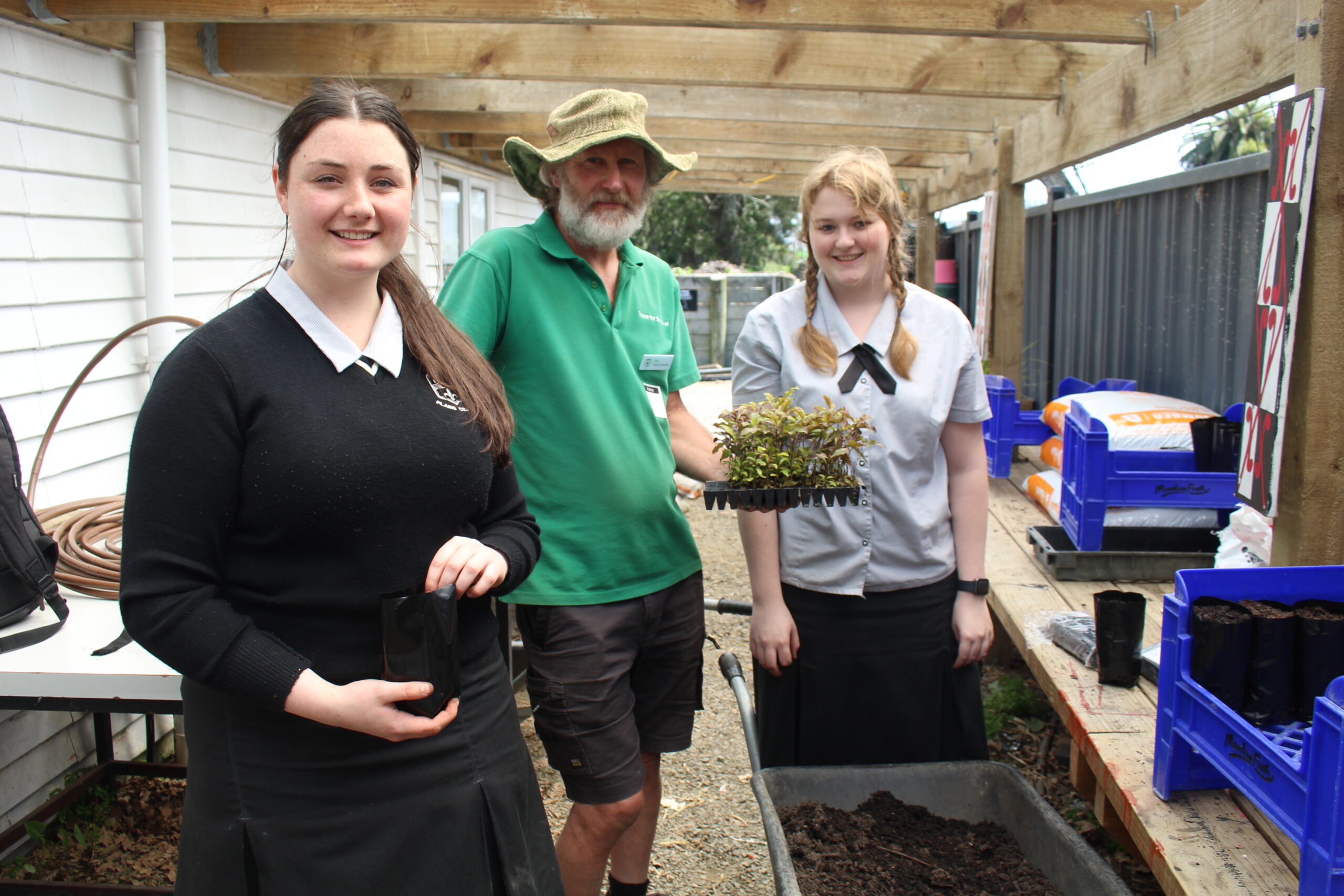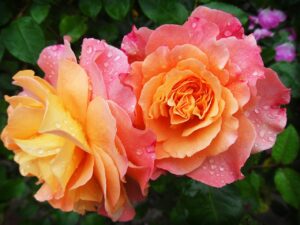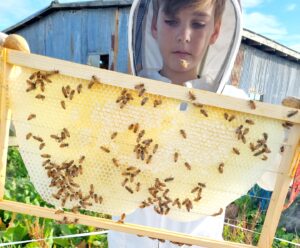Thousands of trees have been planted by Thames Valley Schools in the past three years as part of a nationwide environmental initiative.
Trees for Survival is a charitable trust which works with more than 150 schools and local communities across New Zealand to grow and plant native trees along waterways and on erosion prone hillsides.
The programme provides an opportunity for school children to make a practical difference to their environment as well as learn about conservation, revegetation, wetland restoration and protecting stream quality.
Trees for Survival school facilitator for Hauraki and Lower Coromandel Tim Cruickshank told The Profile he had introduced the programme to 13 schools in Thames Valley over the past three years.
“With each school we develop relationships into mana whenua [territorial rights] and usually some local sponsorship if possible and anyone that would like to be involved in reforesting native plants in and around the school community,” he said.
“We look for a land holder associated with the school to try and do some restorative planting whether it’s stream edges or erosion prone banks or supporting as we do here in Hauraki.
“It’s the beginning of a long relationship year after year.”
Tim said the Thames Valley schools that had engaged with the programme included Te Puru, Pārāwai, Thames South, St Francis, Puriri, Hikutaia, Goldfields, Kerepēhi, Netherton and Kaihere.
“We probably planted around 21,000 trees in the past three years. Last year we planted 4500 of those on the Hauraki Rail Trail with a majority planted by students in conjunction with HELP Waihi,” he said.
“Some students had never picked up a spade and they loved getting out of the school environment and into the real life planting situation on farms.
“We plant trees appropriate to the restoration site, so if it’s a stream edge, then we’re likely to plant sedges and grasses so they will better move with the flow of water.”
Hauraki Plains College was the latest school Tim had initiated the Trees for Survival programme. Its horticulture students completed potting seedlings of native trees on October 26. “The small seedlings at the moment, they start at a few centimetres tall. We have a minimum planting size of 300 millimetres and depending on the variety and stage and height they were, they’re going to be passing that on to the first rain in autumn,” he said.
“Then maybe in May, June, July and August next year, we’ll be planting 450 to 600 native trees.”
Tim said Te Uru Rākau New Zealand Forest Service had also commemorated Trees for Survival schools with stainless steel plaques and Hauraki Plains College had received one to honour teacher Logan Taylor for establishing and maintaining the Hayward Farm educational site.
“This was part of the Matariki Tu Rākau programme, it’s a celebration of Matariki and the planting of trees and it’s a national project to establish stands of trees across Aotearoa as places to honour New Zealand’s heroes,” Tim said.
“Four hundred and fifty seven trees were provided by the Trees for Survival programme and funded by Te Uru Rākau New Zealand Forest Service as part of the One Billion Trees programme and were planted by Hauraki Plains College in winter of 2022 to honour Logan Taylor.”
Tim said more trees planted on the Hauraki Plains would bring long term benefits to the area.
“The Hauraki Plains could do with a lot more native trees, the last three summers have been the driest on record.
“We need more shade and shelter and if we’re going to continue putting animals out on these plains, we need to help them out.”
Tim said he planned to introduce Moanataiari School to the Trees for Survival programme next year.

Tim Cruickshank, centre, with Hauraki Plains year 13 horticultural students Ella Ashford-Beck, left, and Elaina Beagley. Photo: GORDON PREECE



